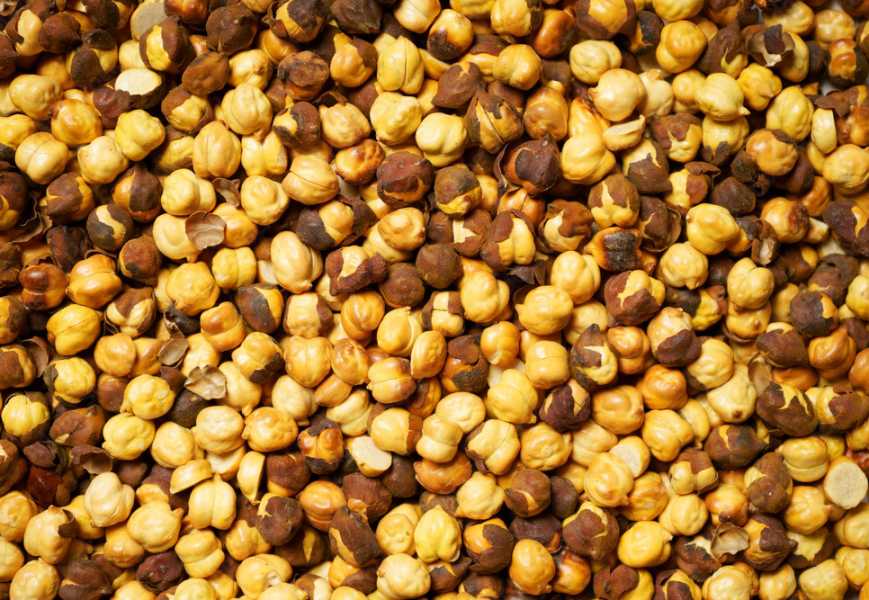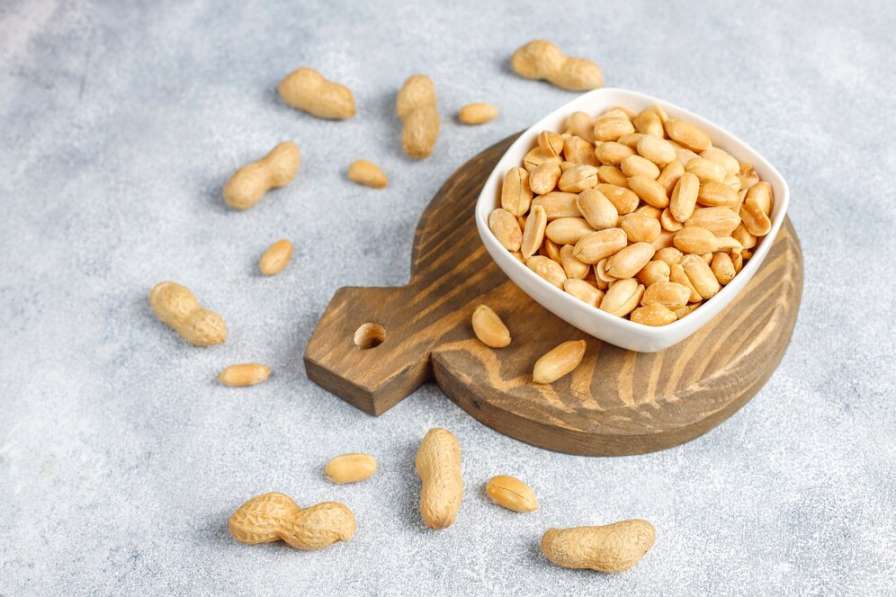How to reduce hip fat
How to reduce hip fat: Hip fat cannot be reduced on its own. If a person wants to eliminate excess hip fat, they should look at their food and exercise routine, as improvements to both can lower overall body fat.
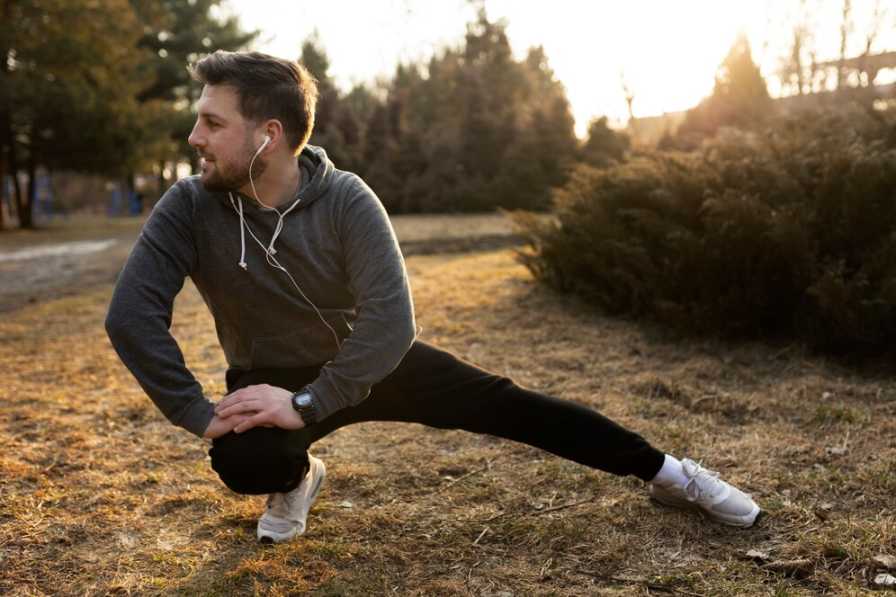
Toning and muscle growth through particular lower-body exercises may also help in the reduction of hip fat. Healthy lifestyle modifications can help you lose fat around your hips. There is no need for diets or rigorous workout programmes! This article will lead you through everything you need to know to get started, such as how to choose healthy foods and portion sizes, as well as which exercises will be most effective. Making lifestyle adjustments that work for you and are sustainable will allow you to achieve long-term improvements.
Tips for how to reduce hip fat:
1. Low-calorie food
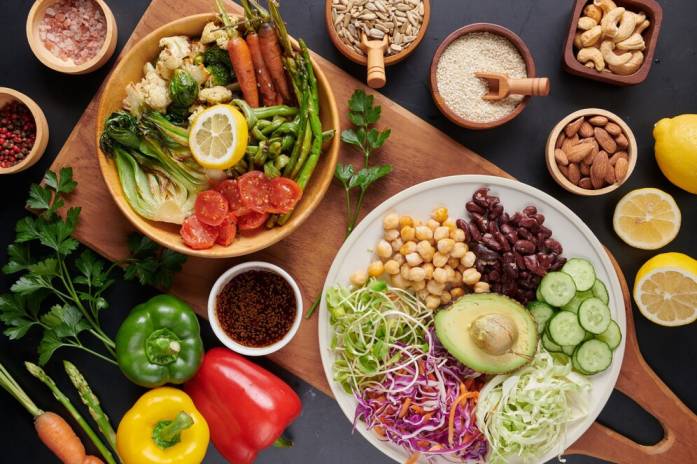
Select low-calorie foods. In addition to controlling your calories and portion sizes, choosing lower-calorie foods will help you lose weight.
- When it comes to weight loss, foods that are portion-regulated and low in calories are the ideal option.
- Poultry, eggs, low-fat dairy products, pork, seafood, lentils, and tofu are examples of low-calorie and lean protein foods.
- Choose 100% whole grains, like chickpeas, soybeans, wheat, and millet that are free of seasonings and sauces. Whole grains are more nutritious because they include more fibre and other nutrients. To cut calories, choose grains that do not have a flavour packet.
- Most fruits and vegetables are low in calories by nature. Make sure they don’t have any extra flavours, or sweeteners.
2. keep a food journal
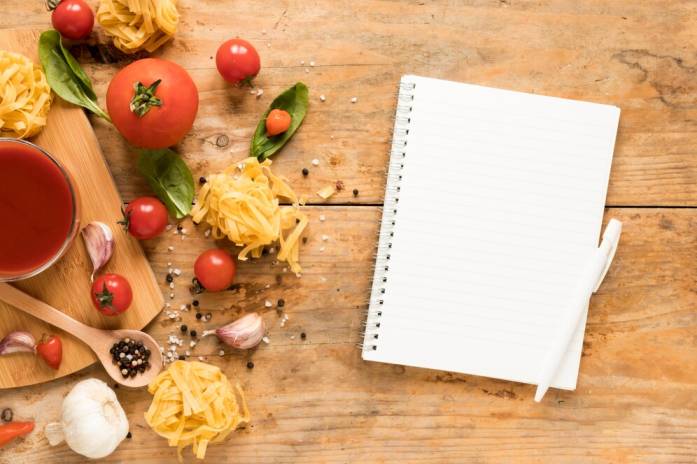
For a week, keep a food journal. Eat normally for the time being. You can use this notebook as a starting point for modifying your diet.
- A food journal can provide insight into your diet and point you in the direction of changes you can make to lose weight.
- Take note of your regular portion sizes, snacking, liquid calories, and higher-fat items. Make a list of these items or star them to help you get started with your diet plan.
- When trying to reduce weight, continue to keep a food log. According to research, those who keep food diaries are more likely to lose weight in the long run.
3. Limit your intake of liquid calories.

Many times, liquid calories account for a significant portion of the excess calories in your diet. Furthermore, eliminating these totally can significantly help in weight loss.
- A number of beverages contain liquid calories. Limiting or eliminating these sorts of drinks is the best way to support your weight loss.
- Drinks such as ordinary soda, full-fat milk, juices and juice cocktails, alcohol, sweet tea, sweetened coffee drinks, sports drinks, energy drinks, and hot chocolate should be avoided.
- Although some drinks have no calories, they should be consumed in moderation due to the high levels of artificial sweeteners and other ingredients. Limit your intake of diet sodas, energy drinks, and sports drinks.
- Consume clear, hydrating fluids such as water, flavouring water, unsweetened coffee, and unsweetened tea. Aim for at least eight 8-ounce glasses of water per day.
4. Use the proper portion sizes.
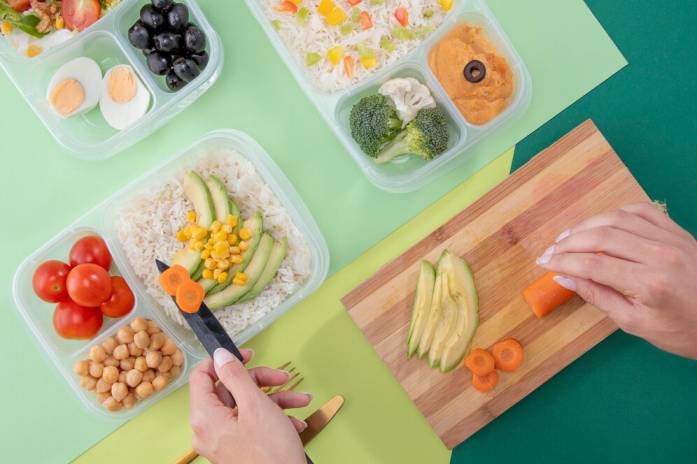
Using proper portion sizes at each meal will help you control your calories and lose weight.
- Consider purchasing a food scale or measuring cups to help you accurately measure portion amounts.
- It’s best to weigh each meal and snack to ensure you’re on track. Overestimating portion sizes and underestimating total calorie intake might result from eyeballing meals.
- Foods should be measured in the following sizes: 3 to 4 oz (80 to 120 g) protein meals , 1 ounce grains or about 1/2 cup (125 ml), 1 cup (250 ml) vegetables or 2 cups (500 ml) leafy greens, and 1/2 cup (125 g) chopped fruit or 1 little piece
- At each meal, include 1 serving of protein and 2 servings of fruit or vegetables. It is recommended that you consume 2 to 3 servings of grains every day.
5. Stop overindulging in snacks.

Overindulging in snacks or grazing all day will hinder your efforts to lose weight. In addition, a lot of snack foods contain processed carbohydrates and sugars, which are bad for you and can cause fat to accumulate.
- Generally speaking, health experts advise you to restrict the number of calories you consume from snacks during the day. If losing weight is your ultimate objective, limit your snacking to no more than 150 calories.
- You usually only need one or two snacks every day, depending on your lifestyle and degree of exercise.
- Consume snacks that mix a naturally high-fibre source, like fruit or vegetables, with a low-fat source of protein. Snacking on 1 oz (30 grammes) of mixed nuts and a medium apple, 1 low-fat Greek yoghurt, and 1/2 cup (125 ml) of grapes snack food options.
6. Perform squats.
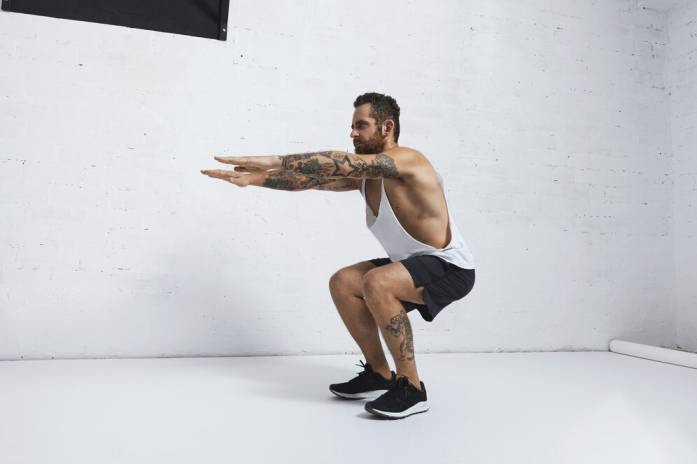
This well-liked workout tones your stomach, thighs, buttocks, and hips while promoting the growth of lean muscle. Gaining muscle in such regions and reducing body fat generally can aid in toning.
- Place your feet hip-width apart to begin. Put your hands in the middle of your chest in the position of prayer.
- Sit down as though you’re attempting to occupy a chair by sinking your weight into your heels. Expand your rear end and fall to the greatest extent possible, making sure that your thighs are nearly parallel to the ground as you do so.
- You should stop when your thighs are parallel to the floor. Return to your starting location slowly. Repeat the process ten to twenty times, or as many times as necessary.
7. High-intensity cardiovascular exercise
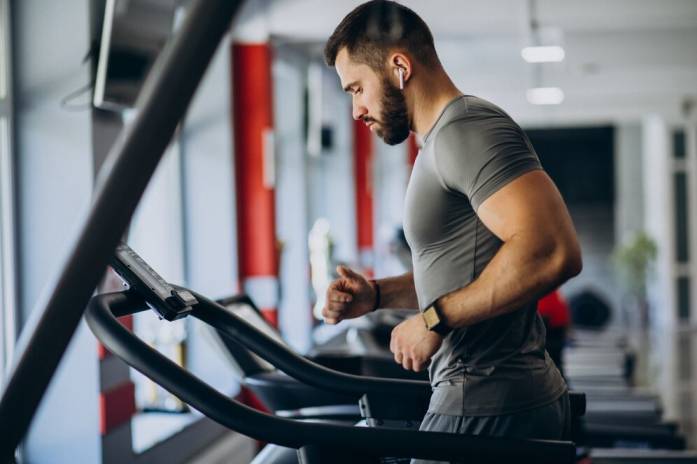
Four to five days a week, engage in high-intensity cardiovascular exercise. Exercises known as high-intensity interval training, or HIIT, mix moderate and high-intensity aerobic activity to burn fat and melt calories.
- HIIT exercises have been recommended by fitness experts to assist people who wish to lose extra body fat. It helps lower total body fat, even though it doesn’t directly target your hips.
- Shorter sessions of both very high-intensity and more moderately intense exercise are combined in high-intensity interval training (HIIT). When combined with other forms of aerobic and strength training, they are fantastic.
8. Reduce caloric intake

Reduce your daily calorie intake by 500. You may trigger your body to start burning fat, especially the fat in your hips, for energy by cutting back on how much you consume.
- You’ll need to minimise calories if you want to lose weight and get rid of extra body fat in your hips and throughout your body. Weight loss will occur with a gradual reduction in caloric intake.
- A 500-calorie daily shortfall typically translates into a weekly weight loss of roughly 1 pound (0.45 kg). Medical experts view this weight loss as safe and healthy.
- Make use of your meal record to identify the kinds of items you can exclude in order to create a 500-calorie deficit.
9. Reduce your stress.

Weight gain can occur as a result of stress. Stress may trigger weight gain by boosting hunger hormone levels, interrupting sleep, and depleting energy levels.
The following suggestions can assist a person in minimising stress:
- Regular exercise, even if it’s as simple as a daily walk.
- Consuming a well-balanced diet.
- Meditation and mindfulness practice.
- Deep breath.
- Experimenting with slow muscle relaxation.
- Spending time outside in nature.
- Identifying priorities and minimising stressors.
10. Get sufficient sleep.

- Poor sleep quality can have a significant impact on metabolism and hormone levels in the body. Tiredness might also cause a desire for junk food and fast meals. These effects, when combined, raise the risk of weight gain and make it more difficult to lose weight.
- Establishing a consistent nightly routine might help a person enhance their sleep quality and duration. This could involve aiming to go to bed at the same time every night and wake up at the same time every morning.
11. Climbing the stairs
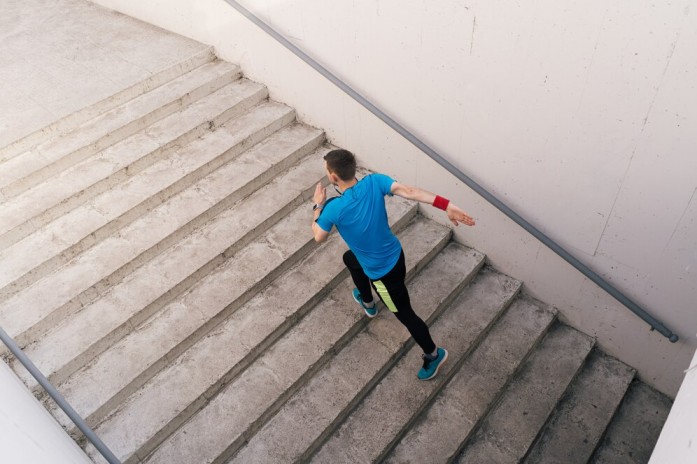
- Stair climbing is a wonderful technique to tighten and tone your glutes and hips while also getting good cardiovascular exercise.
- You can run or jog up and down the steps
- Run or jog to the top of the stairs, and then walk down. Continue for a total of five minutes.
12. Side lunges
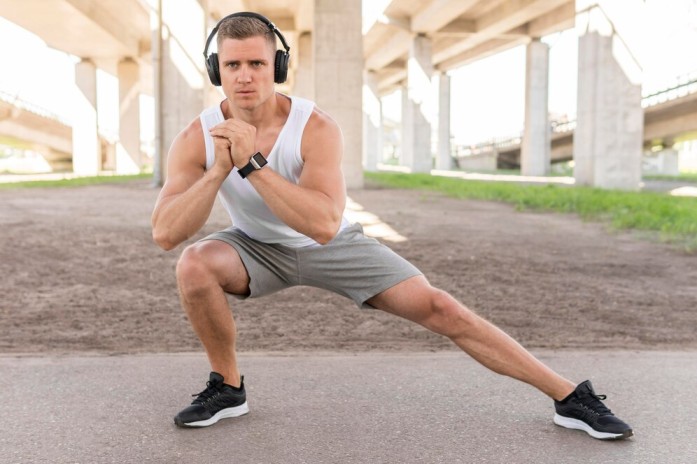
The side lunge, also known as a lateral lunge, is a forward lunge variation. It targets the outside thigh and hip areas.
- Place your feet slightly wider than hip-width apart. Take a wide stride to the right and squat down, keeping your body erect, core engaged, and eyes forward.
- Reduce your body weight until your right thigh is parallel to the floor.
- Pause. Then, using the left foot, push off and return to the centre.
- Perform this movement 12 to 16 times, alternating sides.
Conclusion
Although it is not possible to eliminate hip fat on its own, it can be achieved by reducing overall body fat. Furthermore, lower body activities can tone and build muscle, which may help in the reduction of hip fat. Diet, activity level, amount and quality of sleep, and stress can all contribute to body fat.
If these strategies do not work, even with exercise and a healthy diet, a person should consult a doctor. This could be due to an underlying cause, such as thyroid disease or other diseases. Working with a dietitian, personal trainer, or both may also be beneficial.

